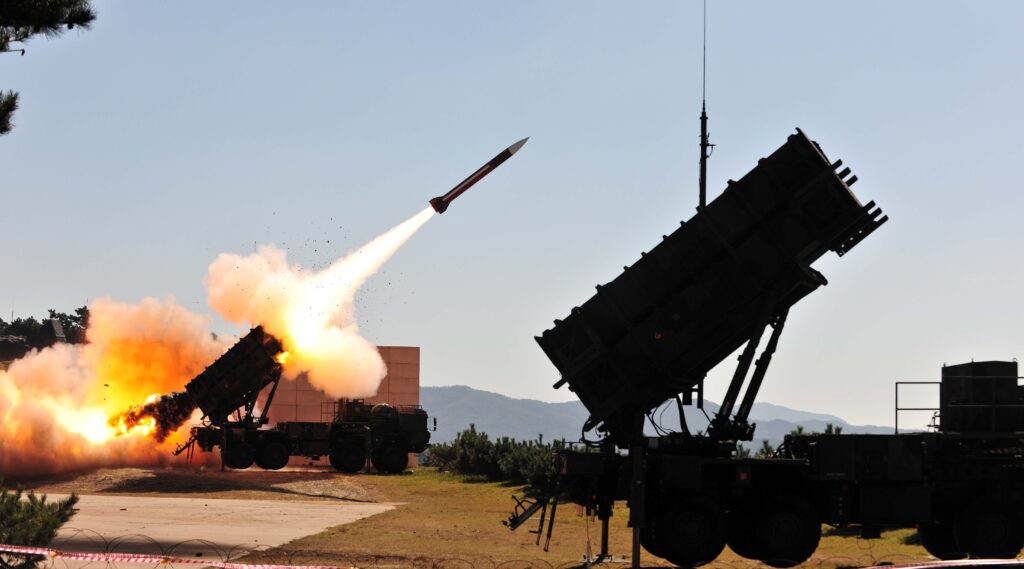Europe promises secret weapon for Ukraine—but can’t outproduce 1,020 Russian missile barrage
28 juillet 2025 à 08:20

Russia does not intend to end its war against Ukraine. On the contrary, Russian ruler Vladimir Putin has told US President Donald Trump that military actions will escalate during the summer offensive. In the first half of 2025, Russia killed or injured 6,754 civilians in Ukraine, the highest number for a six-month period since 2022.
Europe’s defense lags behind
Russia’s military industry is currently capable of producing up to 1,020 ballistic missiles annually, including Iskander and Kinzhal types. European countries only have the capacity to intercept around 300 such missiles per year. These figures come from researcher Fabian Hoffmann, cited by the German outlet Hartpunkt. This imbalance means European industry is being outpaced by Russia, which continues to ramp up missile production. According to Ukraine’s military intelligence, Russia increased its Iskander production by 15–40% in the first half of 2025 alone. Europe is failing to match that surge with equivalent growth in its missile interception capabilities.From defense to counterstrikes
As Defense Express explains, the traditional “anti-access/area denial” approach, which envisions saturating Ukraine with air defense systems, doesn’t work when the adversary has a numerical advantage. This method focuses on preventing missiles from entering Ukrainian airspace. In contrast, a more “offensive” strategy targets the factories, workshops, and logistics hubs where those missiles are made. It’s about eliminating the source of the threat, not just shielding against its consequences. And that, analysts argue, is exactly what Ukraine needs now. This shift in the support paradigm Europe must adopt to help Ukraine repel Russian strikes is timely and necessary.“But ultimately it depends on what strike capabilities European partners are actually willing to supply, a particularly pressing issue amid speculation about Germany’s secret strike option, if not Taurus,” the experts write.
What Europe might provide
On 24 July, German Foreign Minister Johann Wadephul said Kyiv forces would receive secret weapons to “influence” Russia’s territory. Meanwhile, the deliveries of Taurus long-range missiles were ruled out. Wadephul emphasized that European partners were working intensively on the weapons delivery for Ukraine. The issue was not about finances but about the defense industry’s production capacity. In July, Germany announced it would deliver five Patriot systems to Ukraine, which are the only systems capable of intercepting ballistic missiles. Defense Minister Boris Pistorius confirmed the agreement with his US counterpart Pete Hegseth. Berlin is also sending over 200,000 shells for its Gepard anti-drone systems and financing the production of long-range Ukrainian drones for deep strikes inside Russia.
You could close this page. Or you could join our community and help us produce more materials like this.
We keep our reporting open and accessible to everyone because we believe in the power of free information. This is why our small, cost-effective team depends on the support of readers like you to bring deliver timely news, quality analysis, and on-the-ground reports about Russia's war against Ukraine and Ukraine's struggle to build a democratic society.
Become a patron or see other ways to support.